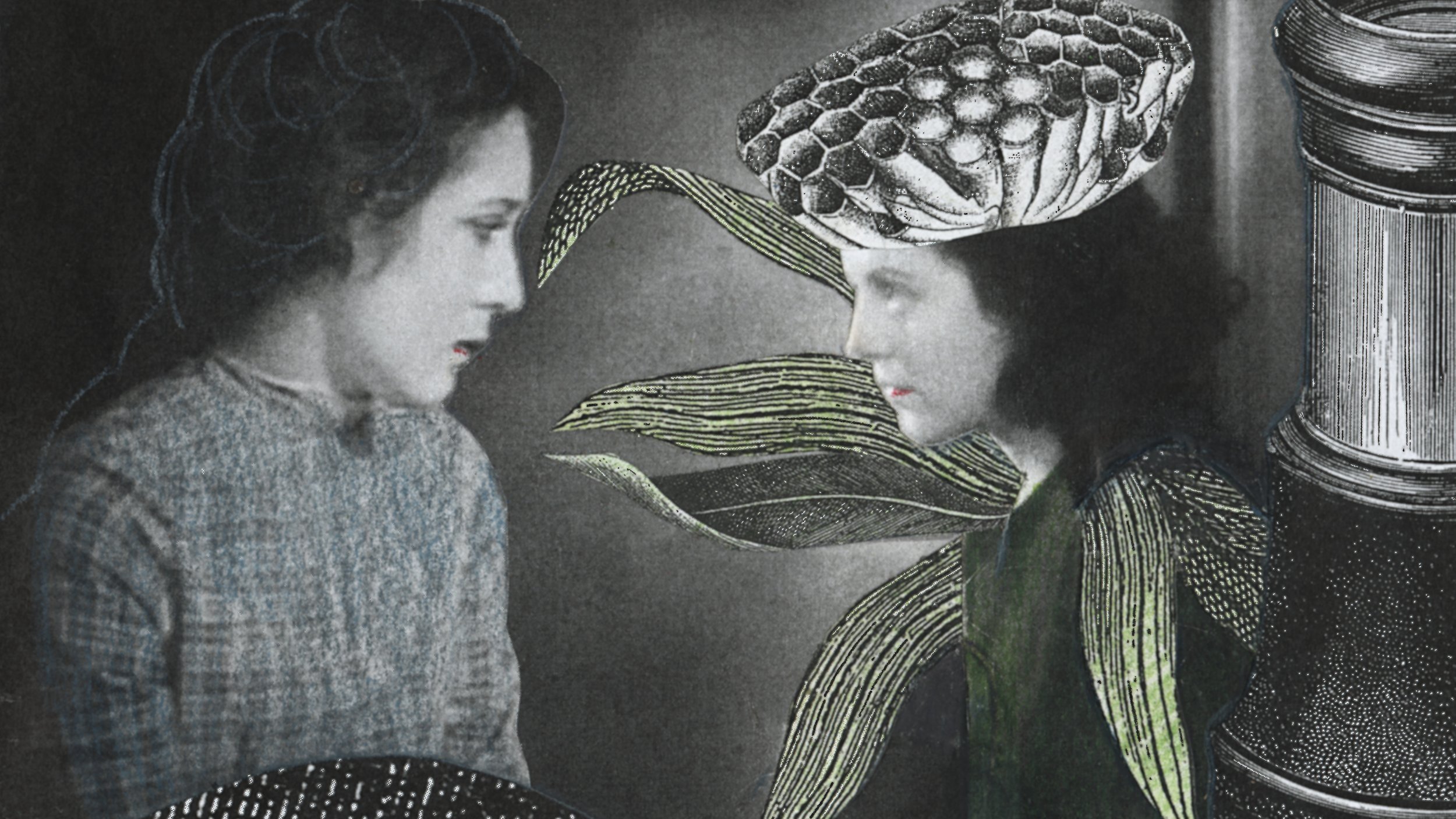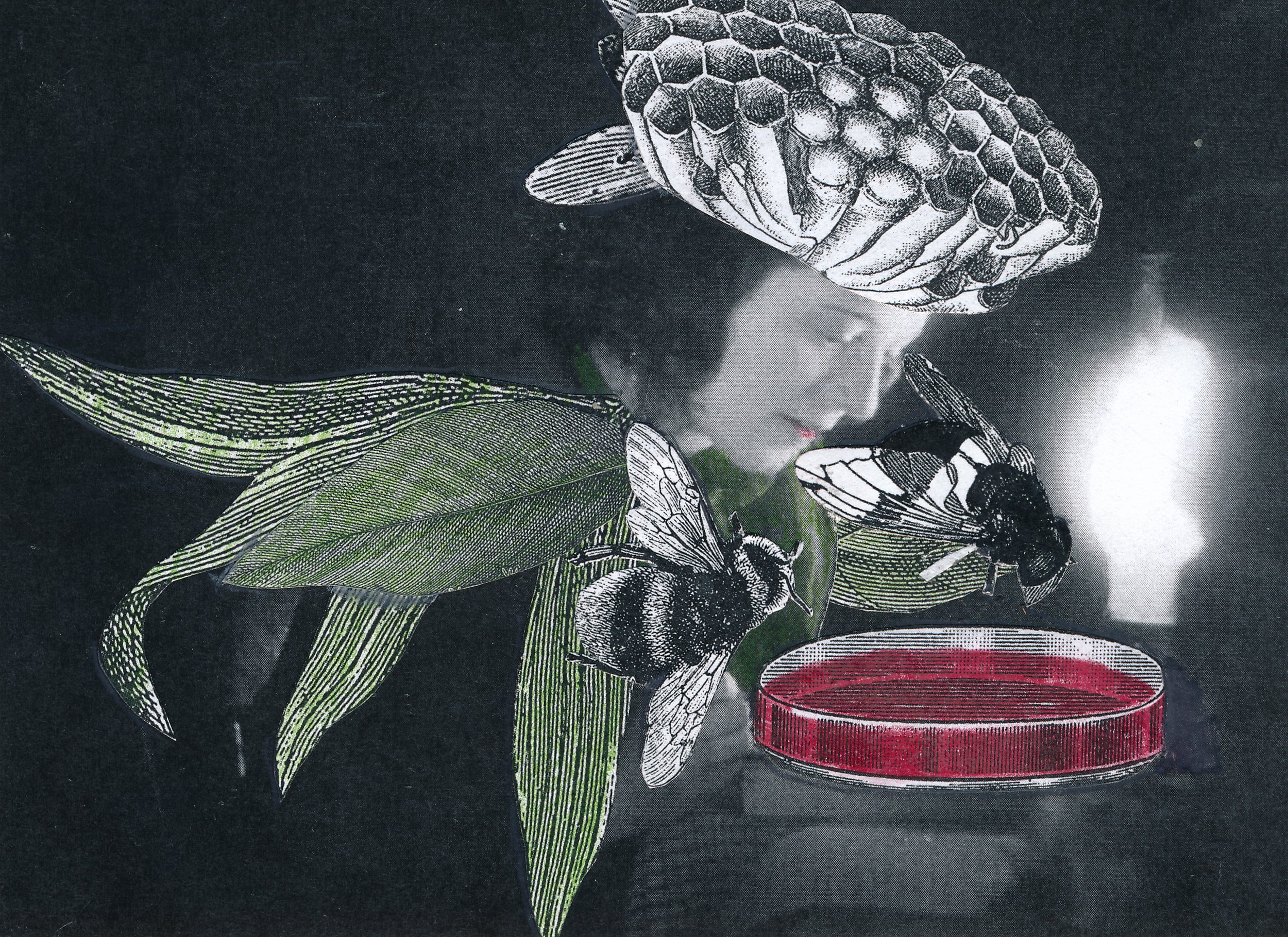
Excerpt above | View complete film
Edge of Alchemy
2017 | 19:00 | 35mm to 4K
Multiple prize winner screened at more than 50 festivals worldwide
Mary Pickford and Janet Gaynor, seamlessly lifted from early silent films, are cast into a surreal epic with an upending of the Frankenstein story and a contemporary undercurrent of hive collapse. In this handmade film, Stacey Steers selects sequences from early cinematic sources, prints the frames, and re-contextualizes the action, allowing the “story” assembled from appropriated images to evolve. She inserts her actors into newly imagined collage environments, built by hand from fragments of 19th century engravings and illustrations. Edge of Alchemy is the third film in a trilogy examining women’s inner worlds. Music by the Polish composer Lech Jankowski.
View an introduction to Edge of Alchemy from Mariana Freijo at Centre de Cultura Contemporània de Barcelona.
“Edge of Alchemy is the epitome of Stacey Steers’ unique vision of collaged re-examination animations, an uncanny way to carry on in the great tradition of surrealist cinema. Max Ernst would refer to Lautréamont’s sewing machine and umbrella to define the structure of the surrealist painting as “a linking of two realities that, by all appearances, have nothing to link them, in a setting that by all appearances does not fit them.” I would add, making it all feel so seamlessly inevitable and inexplicably right...the “feeling of form,” as Suzanne K. Langer might have put it...” —Phil Solomon
Edge of Alchemy was completed with generous support from the John Simon Guggenheim Foundation and the Creative Capital Foundation.

Production notes
2017 | 19:00 | 5mm to 4K
Edge of Alchemy is the third film in a trilogy examining the psychological terrain of women’s inner worlds. In this handmade film, constructed from over 6000 collages, the actors, Mary Pickford and Janet Gaynor, are taken from early silent features and recast into a surreal epic. Music by Lech Jankowski.
Steers’ labor-intensive project took five years to complete. The construction process is intuitive and organic: she selects motion sequences from early cinematic sources, prints the frames, and re-contextualizes the action, allowing the ‘story’ assembled from appropriated images to evolve. She inserts her actors into newly imagined collage environments built by hand from fragments of 19th century engravings and illustrations and then photographed with 35mm film stock.
“Animation is a very expressive medium. I moved away from drawing because I found the particular expressive quality of my style too confining, and I was interested in working with a more neutral image, something less directly my own. I’m very interested in process and how it resonates through any project. The physical process of creating my animation—cutting found images, placing one beneath another, or cutting into something to bring an earlier layer to the surface—mimics how we process experience and form memories. I find creating my films as I currently do psychologically liberating, and the process has made my work more personal, surprising, and intimate. The technique also carries a kind of hyper-intensity resulting from the flickering of all the image elements. The field of the film becomes energized. In animation, we refer to that as “breathing,” which implies that the images have their life force in some sense.
Over time, one of the things I have learned working in this way is that there is a charge to the displacement of the actors that occurs when I remove them from the original frame or bring unanticipated objects into a pre-existing space in a film. The Surrealists talk about this same idea and use it as a strategy. Like them, my working process is intuitive and allows the unconscious and nonrational to play a role. I unite elements with no obvious shared context and create an atmosphere where their alignment feels somehow natural and poetically sound. When I first started using these images of early silent film actors, it never really occurred to me exactly how expressive they could be.
I was attracted to them and the emotional immediacy in the images, but the discoveries I make about what I can focus on and utilize when working with them, have continued to surprise me. I am naturally attracted to more ambiguous moments because those interest me, and I’m drawn to actors who like to add psychological complexity to their performances. My collage technique allows me to linger over fleeting expressions and extend them in a way that emphasizes a state of interiority central to my work. I’m curious about the nature of longing, how it provokes and mediates experience, and how we create meaning from our experiences. In the case of Edge of Alchemy, there is also a sense of the complexity of the world pushing against the protagonist's desires. She has the power to create but not control her creation, which I think we all experience. Leonora Carrington said that for an artist, the task of one eye is to look through a telescope, the other to look through the microscope. I tried to remember that as I made this film.”


